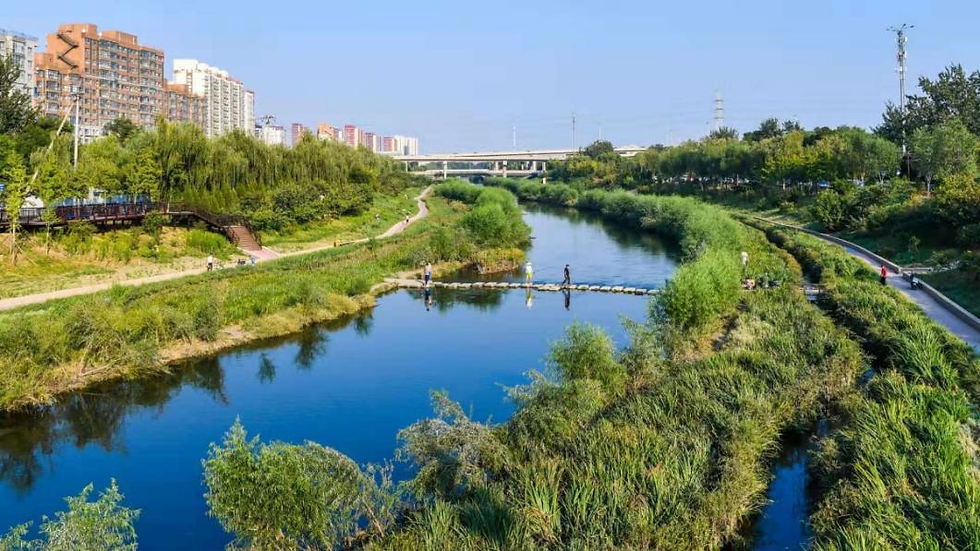
Green belts
Green belts are strips of vegetation that help manage water naturally and sustainably. They reduce runoff, filter pollutants, prevent erosion, and mitigate flooding. In addition, they improve biodiversity and the landscape and provide green spaces for the community, making them an effective solution to climate change.
Green belts are strips of vegetation strategically located to improve water management. They act as natural barriers that filter pollutants, reduce surface runoff, prevent erosion, and promote aquifer recharge. In addition, they help mitigate flooding by absorbing excess water during heavy rains. Unlike traditional infrastructure, these ecological solutions are more sustainable and tend to have lower maintenance costs. They also provide additional benefits such as increased biodiversity, improved landscaping, and the creation of green spaces for the community. In urban or rural contexts, green belts demonstrate how nature can be an effective ally in water management and climate change adaptation.
Water production and storage
Main theme:
Asian
Region:
500 - 700
Precipitation (mm):
Medium
Application difficulty:
2, 6, 11, 12, 13, 15 and 17
SDGs impacted:
Gravity
Energy used:
70 - 90
Efficiency (%):
Urban
Sector:
Reduces runoff, improves infiltration and water quality, creates habitats
Expected environmental impact:
$50 - $100 / m²
Estimated value:
1- https://www.researchgate.net/publication/354608248_Beijing%27s_First_Green_Belt-A_50-Year_Long_Chinese_Planning_Story 2- https://sigmaearth.com/es/El-desarrollo-del-cintur%C3%B3n-verde-es-vital-para-la-protecci%C3%B3n-del-medio-ambiente/?utm 3- https://www.mdpi.com/2072-4292/15/19/4766?utm
Links of interest: